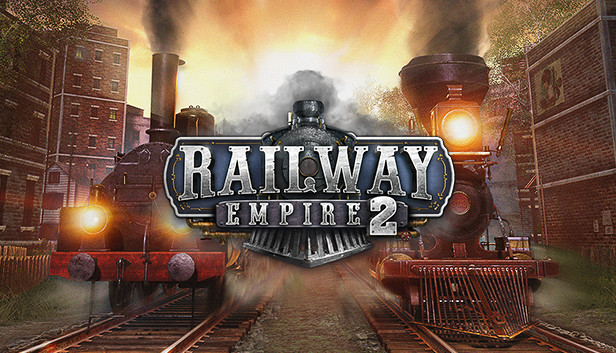In this guide of Railway Empire 2, medium level hints and tips for players that have already learnt the basics but want to improve at the campaign.
Medium Level Hints and Tips
– Express lines are for cash flow and freight lines are for city growth. Even well optimised freight lines are never as profitable as average express lines.
– Use separate stations for express and freight to maximise express bonuses. Express is more profitable than the first game. I spend all my initial capital, including all available loans, on express to begin with, connecting all cities with at least one express train. Once the cash is rolling in then I set up freight next. It’s about return on investment.
– Warehouses work best in two or three city clusters (beer-meat-cloth trading partners) with low city demand. They are useful for growing three cities up to 100k population each. Once over 100k things get difficult due to higher demand. A network redesign is often needed with direct supply lines.
– Deliver high demand goods direct to a city/industry, if possible, on a dedicated line and platform. These goods don’t work well through a warehouse unless city demand is low. The common high demand good are: grain, wood, corn, beer and meat. The raw goods like wool and cattle are best on separate lines as well, not in a warehouse.
– Build a brewery near grain, a meat industry near cattle and cloth near wool. Keep in mind which cities will trade with each other as part of the organised city clusters. This seems like basic stuff, but the AI often builds the city industries in stupid places. Buy it, destroy it, then build the correct industry for that location and cluster. This will often solve potential network problems later. You don’t want to transport high demand goods halfway across the map because an industry is in the wrong location to begin with. This usually applies more to the second and third industry slot in each city but check anyway.
– Like above, build a second tier industry next to the 1st tier. Example: Build a Fashion Industry next to a Cloth Industry in the same city. Build the wood/timber based industries in the same city if possible. This will reduce congestion on your network.
– Don’t connect warehouses up to many cities in a wider network. The way that good demand and good prioritisation works will overwhelm the warehouse and network.
– Higher demand cities and industries will tie up your trains requiring many more trains to get the other goods moving again. If you see a warehouse filling up to a high level, you either don’t have enough trains or you need a separate direct line.
– Good priority by train can be frustrating. Trains can continue picking up some goods until demand is completely satisfied before picking up the next priority good. This gets ludicrous when there’s a large city/industry stockpile that needs filling up before the next priority is addressed. A very high number of trains can eventually solve this but it’s not efficient. Create a separate line for this good (wood and grain are the worst).
– Rural trains direct to city or warehouse are best set to full load, and on their own platform. Let them sit there idle at the rural business until needed again. You don’t want these trains charging around with part or empty loads. Look for ways to reduce network congestion whenever possible.
– Warehouses don’t work well if there’s a good being transported away from its destination then back towards it in a V type line. You want it transported in a more direct line and if a warehouse doesn’t make sense, then deliver it directly. This rule is important to understand.
-Warehouses are effective for the lower demand goods like veges, fruit, milk, sugar etc to get cities growing quickly. Once a city has higher demand; like from a dairy factory for example, the milk is better on a separate line direct to the city industry. A warehouse supply line that was once working well at low demand completely fails at higher demand and the increased number of trains needed to fix it will often break the network.
Building Blocks
The basic game mechanics and principles are the building blocks for developing medium and advanced strategies. I’ve spent hours just in sandbox mode learning the basic game mechanics. This is a good tycoon puzzle game but not a great railway simulation. Building a clever and complex railway network seems cool, and I’ve tried it, but this game rewards simple play. A to B lines work best.
Direct separate lines with separate platforms work best. Point to point rail connections keep things simple. The more complex you make your network the higher the chance something will break because of the way the game engine has been programmed. Many decisions I make are focused on reducing network congestion.
